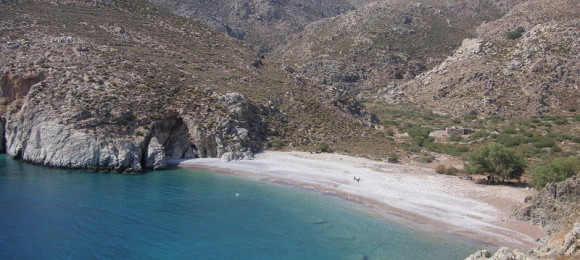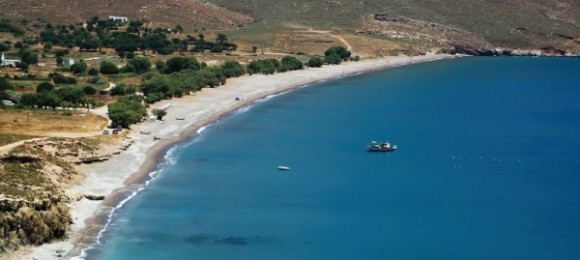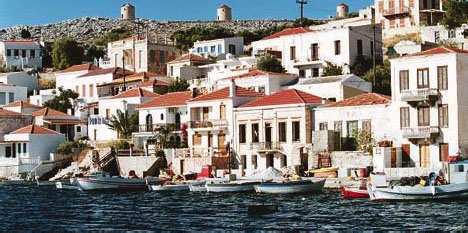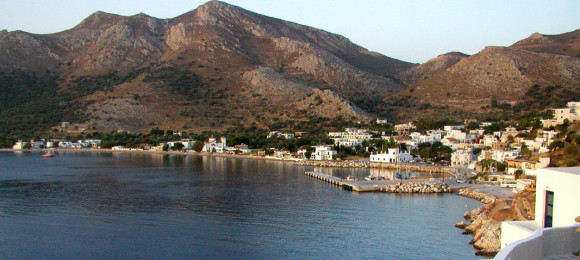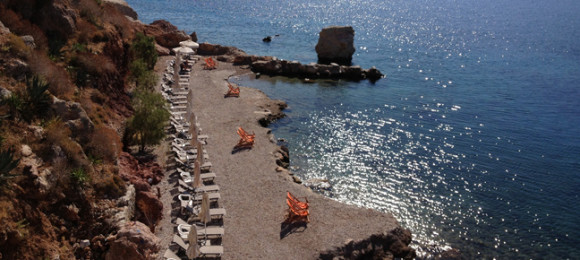Overview of Tilos
Between the cosmopolitan Dodecanese Kos and Rhodes, lies tiny Tilos, one of the less touristic Greek islands, yet to be explored. Few know and appreciate its virtues, among which nature lovers, birdwatchers, free campers and fanatic hikers. Mountainous Tilos is in fact a protected ecological park, part of the Natura 2000 network, with rich flora and fauna, abundant waters and fertile areas. Plus some charming secluded beaches, mostly accessible by boat or foot (walking is the best way to discover the island, anyway).
Still, there’s more interesting stuff: Tilos boasts of many castles and byzantine churches scattered all over, as well as prehistoric fossils of endemic dwarf elephants, which have been discovered in the famed cave of Charcadio. This serene island offers relatively limited but satisfactory tourist infrastructure, while it’s also perfect to relax and enjoy the sea and sun. Tilos has two main settlements: The port of Livadia and the capital of Megalo Chorio. Livadia is a minimal touristic resort with many facilities, a lovely waterfront promenade, Italian era buildings and a beach.
The small and picturesque Megalo Chorio, built at the slopes of a hill, features great views, exquisite island architecture and the trademark medieval castle, among other sights. Other popular spots on Tilos include the atmospheric ghost village of Mikro Chorio, as well as the coastal settlements of Agios Antonios and Eristos, with the beaches of the same name. If you add to the above the truly hospitable people of Tilos, then you’ve got yourself the perfect vacation – take the chance to enjoy everything on this discrete and enchanting Greek island.
Photo gallery of Tilos
Beaches Food Things to see & do
Livadia
: If you fancy a fully organized beach and don’t care much for walking, the beach close to the port of Livadia is ideal for you, offering all amenities at hand.Eristos
: The longest and most popular beach on the island is sandy, easy to access and features some tamarisk trees, ideal for shade. It’s also free campers’ favorite. It is not organized, but there are a few amenities nearby, such as a tavern, shops and cantina.Plaka
: Long and narrow seashore with lovely waters and many trees that provide nice shade. Free campers are also fond of this isolated, tranquil beach, which is accessible by car. There are no facilities, so make sure you have your own supplies.Lethra
: A quiet, scenic pebbly beach with crystalline blue waters. It’s totally worth the 30min walk it takes in order to reach it via a path from the port of Livadia (otherwise, you can take the boat). Needless to say there are no facilities here.Agios Sergios – Tholos – Skafi
: They are among the hardest to access on the island, therefore the caique is highly recommended. Remember to bring supplies.- Agios Sergios is remote and pristine.
- Tholos is small and pebbly, with imposing red rocks.
- Skafi is isolated, sandy and pebbly. It has no shade.


